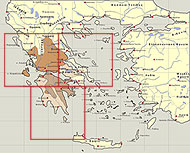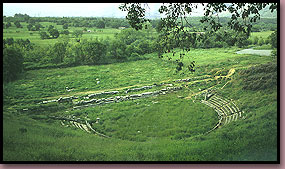Political instability and constant warfare between cities and the Confederacies of southern Greece gradually led to an economic recession, which affected every social strata. Consequences were evident mostly in the middle class, which consisted of small landowners, who formed the basis of the economic, social and political life in the southern Greek mainland during the 4th and
The increase in the number of people who had very small or no landed property constituted a potential danger because of their discontent. Under these circumstances one can understand the reform of Agis and Cleomenes in Sparta. When Agis assumed authority, the number of citizens had been reduced significantly, since land -which was an indispensable prerequisite to obtaining political rights- had been concentrated in the hands of the few. In order to bring Sparta back to its earlier powerful position, but also to relieve the poorer classes, Agis proceeded to a reform of economic and social character. Measures aimed at cutting off of debts and at land-distribution, which were not eventually appplied. The reform was pursued by Cleomenes.
The situation in Spartan society was representative of the situation existing in various regions of Greece in the
| introduction | kingdom | demography | structures | Greek society |
Note: Click on the small photo to enlarge it.

01. The Confederacies of southern

02. The theatre of Sparta, built on the south-western side of the acropolis. The aspect that it has today, dates from early Roman times. On the background, Sparta and the massif of

03. The theatre of Megalopolis, built soon after